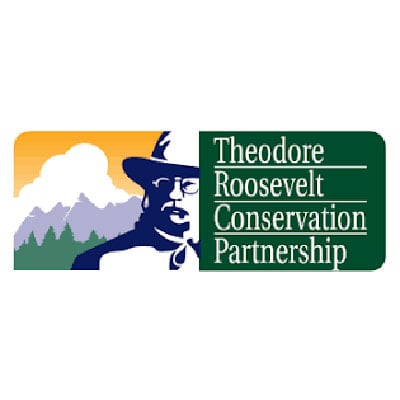- Savage Blog
- Keeping Public Lands in Public Hands
Keeping Public Lands in Public Hands
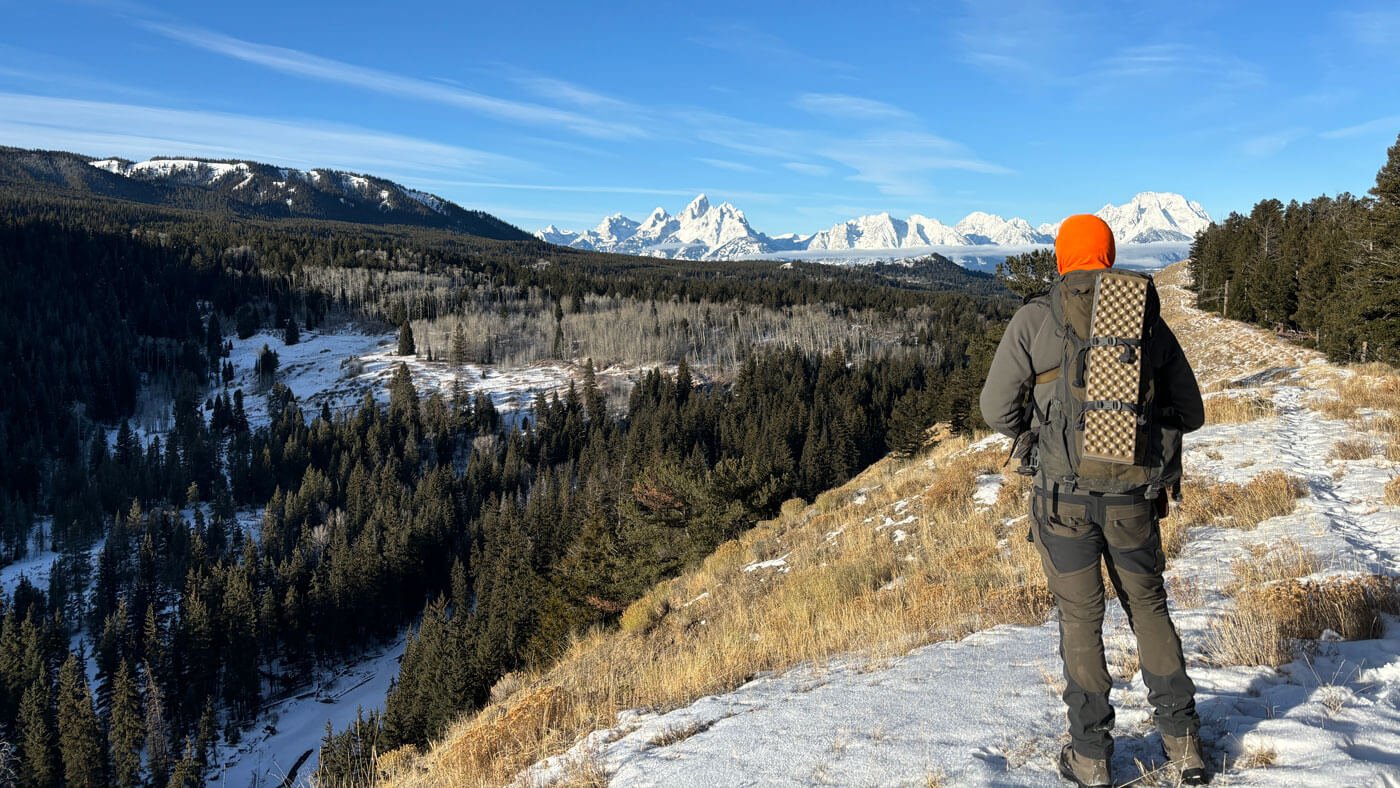
Why hunters and anglers need to speak up for public lands
When it comes to America’s most iconic hunts, federally managed public land is often the setting. Massive mule deer bucks in the Wyoming Range, bull elk carrying 400 inches of antler in northern Arizona, dark-horned pronghorn sprinting across Nevada sage flats, stately bighorn rams posturing in the Missouri Breaks, the list goes on with the incredible opportunities this uniquely American legacy provides our nation’s millions of hunters and anglers. Federal public lands guarantee access to some of the greatest hunting grounds in the world for all.
The 640 million acres of national public lands, such as National Forests and Bureau of Land Management acres, are also home to migratory corridors and intact seasonal habitats that ensure the long-term survival of big game species, salmon, and trout. These huntable and fishable species anchor America’s outdoor recreation industry, which contributed $639.5 billion to the U.S. Gross Domestic Product in 2023.
However, there are efforts underway that threaten public hunting and fishing opportunities in America.
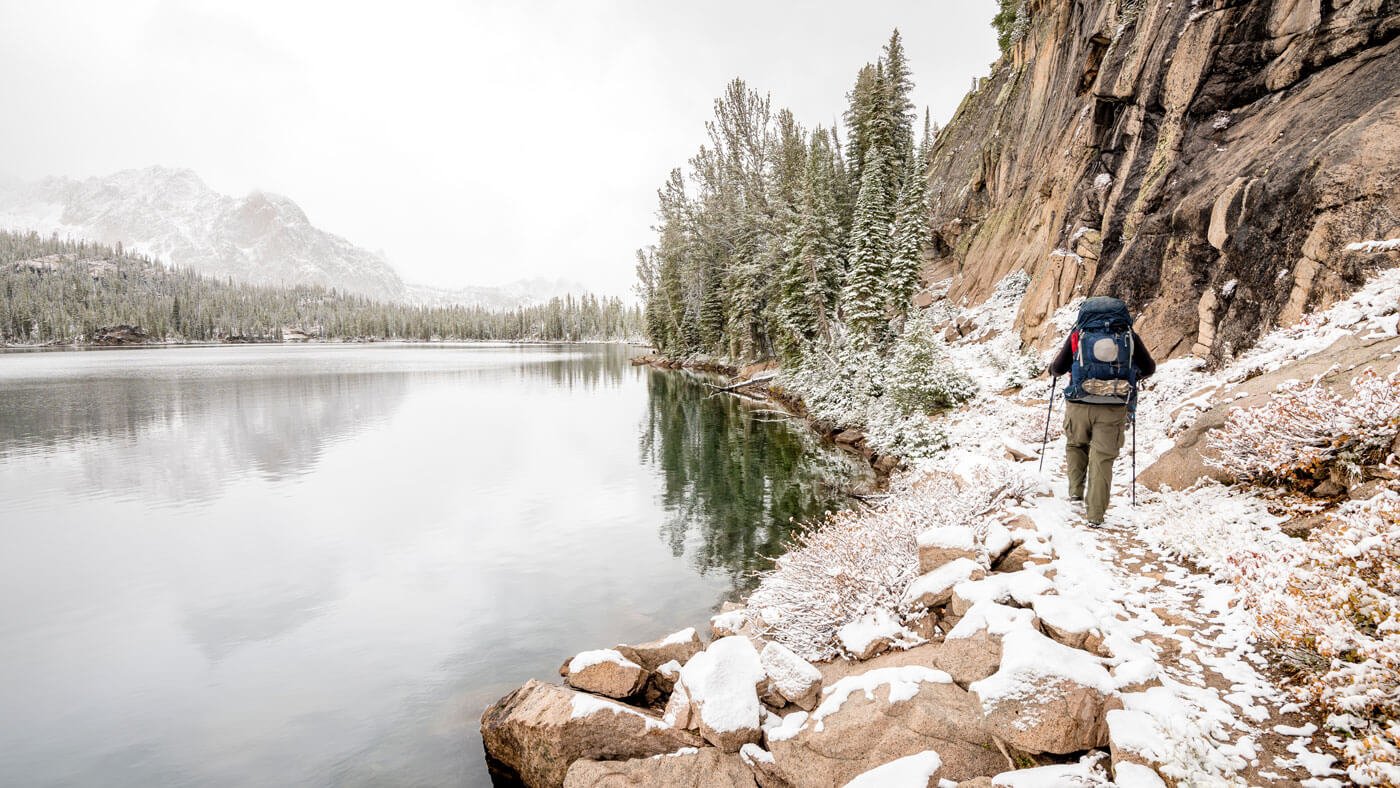
The Risk
The most recent attempt to transfer federal public lands to the states began in August 2024. Elected officials in Utah petitioned the U.S. Supreme Court to argue for the transfer of Bureau of Land Management acres to state ownership.
The petition focused on 18.5 million acres of so called “unappropriated lands” managed by the BLM, but the language was broad enough that a favorable ruling would have made all 640 million acres of federal public lands vulnerable to sale or transfer.
The U.S. Supreme Court declined to take up the petition in January 2025, marking a win for public land hunting, fishing, and access. Unfortunately, this will not be the last attempt to transfer or sell our public lands. In 2025, several legislatures in Western states debated resolutions aimed at forcing federal agencies to transfer their lands, and some members of Congress also brought forth proposals to transfer lands to the states.
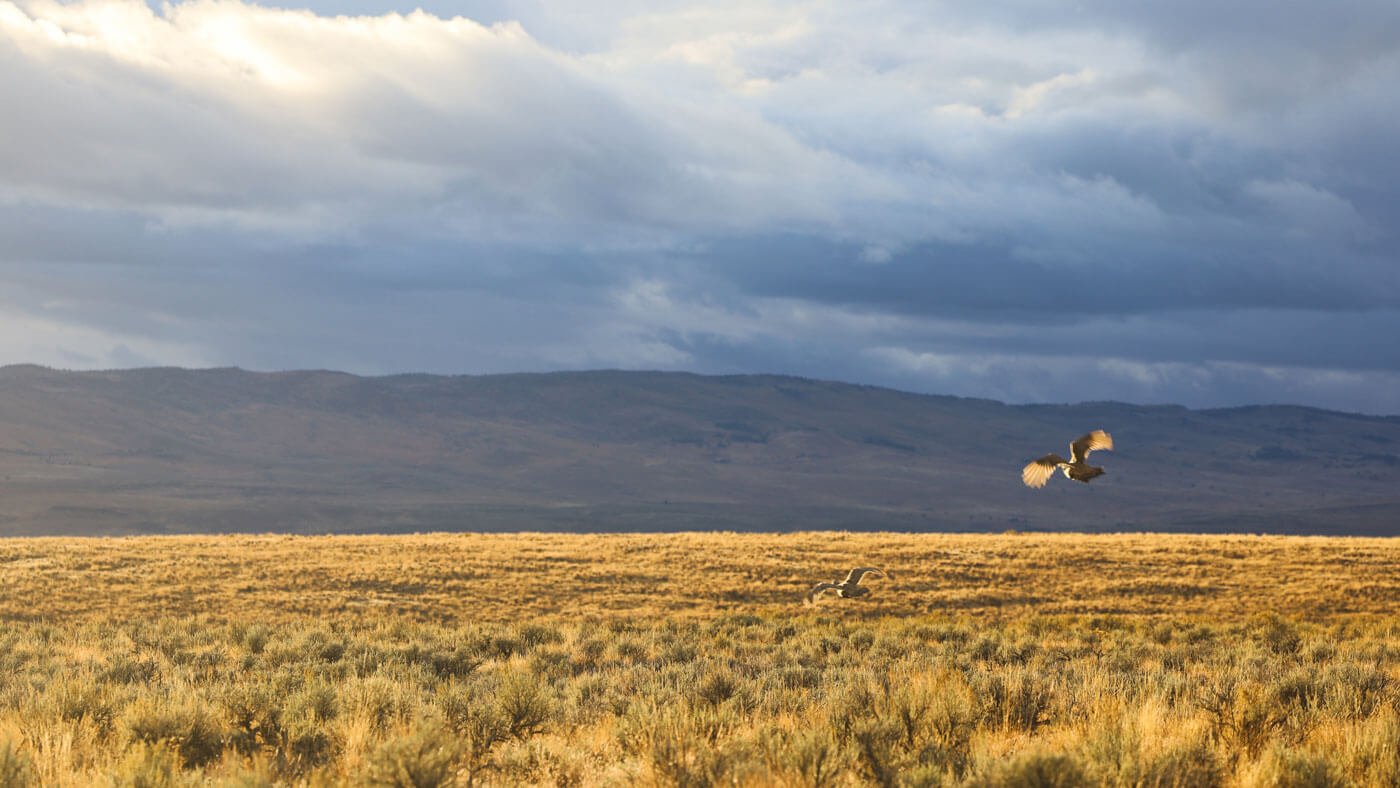
The Consequences
If states were granted ownership of federal lands, they would also accept the financial burdens that accompany managing hundreds of millions of acres of land without guaranteed revenues.
Costs are driven by myriad land management challenges, including fighting wildfires and post-fire mitigation. The 2024 wildfire season in Wyoming alone burned well over half a million acres, draining the state’s $39 million wildfire suppression account.
Counties across the West also receive millions of dollars through programs such as Payments in Lieu of Taxes and laws like the Mineral Leasing Act and the Secure Rural Schools and Community Self-Determination Act based on the federal acres within their borders. These payments would cease with the transfer of land ownership.
It is easy to see how resource demands could force states to sell off the most profitable public lands to cover costs, since states are required to run on balanced budgets.
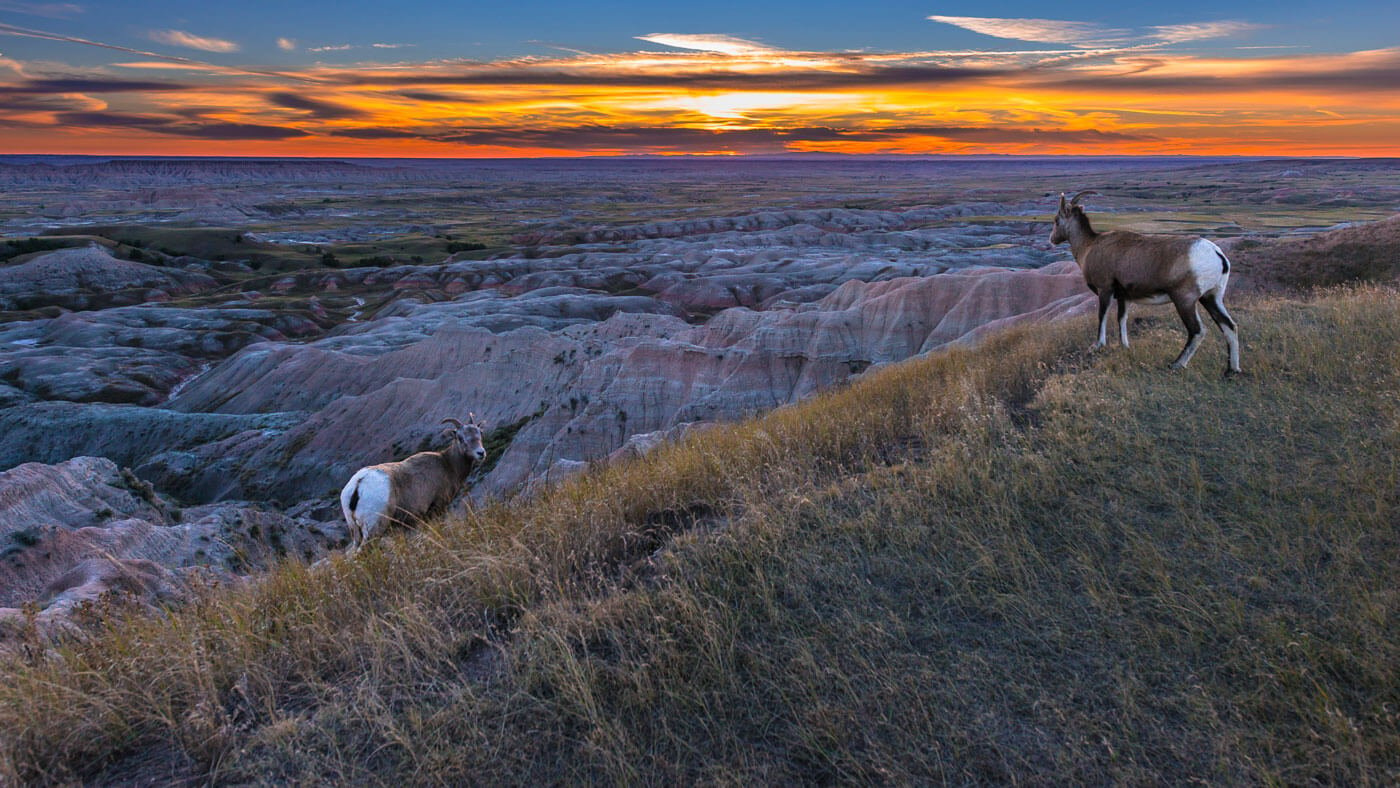
Implications for Access
There are many differences between state and federal management, but the most immediate for hunters and anglers would be access. While there are several types of state-owned lands, the majority are managed as state trust lands. Across 21 western states, more than 500 million acres of these state trust lands are constitutionally mandated to generate revenue—through timber and grazing leases, mineral extraction, etc.—to support trust land beneficiaries, such as public schools.
Public hunting, fishing, and recreational shooting are protected on federal BLM and USFS land by Section 4103 of the Dingell Act. These statutory protections do not apply to state-owned land and there is no guarantee that current access permissions on federal public lands would be retained if those lands transferred ownership. Management of these state trust lands to benefit public access and enjoyment is not assured in the way it is on federally managed lands, given federal laws that prioritize such activities.
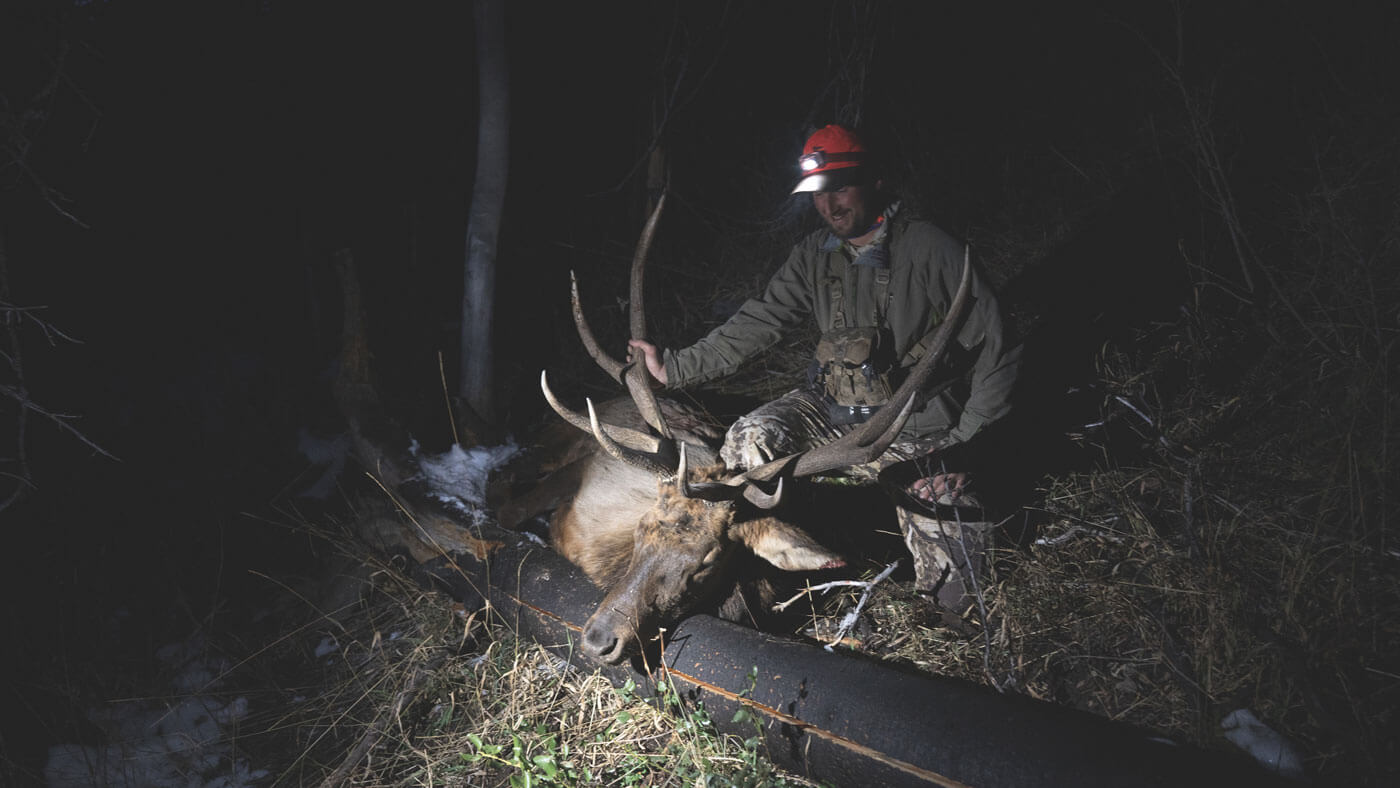
A Way Forward
There are many complex challenges to managing millions of acres of federal public lands for multiple uses that result in areas of disagreement. However, forced sale or transfer will not solve these problems and will likely only exacerbate present land management and budgetary issues. Collaboration between federal and state agencies, local communities, and conservation organizations such as the Theodore Roosevelt Conservation Partnership is the way toward successful and lasting multiple-use management for industries, wildlife, and public hunting and fishing access.
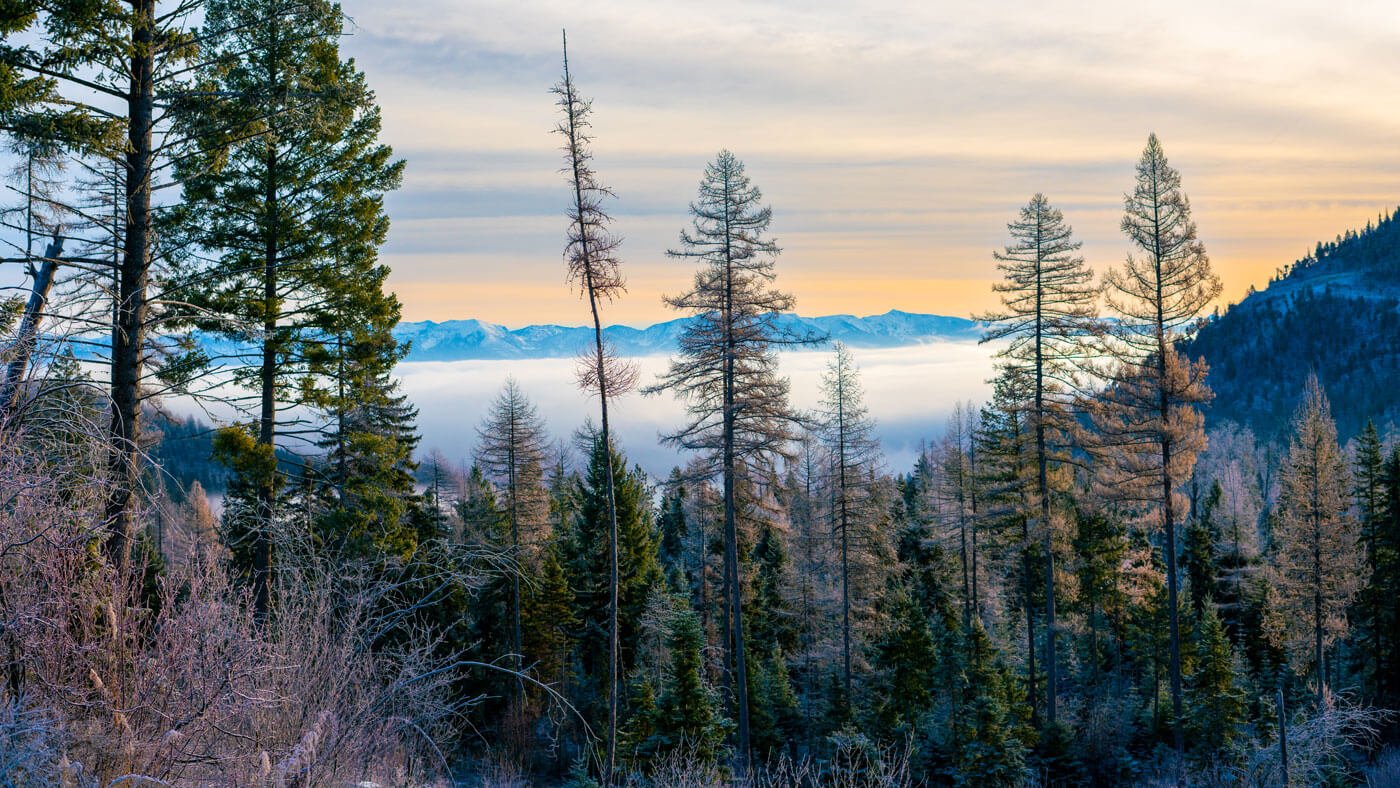
To learn more about the risk of federal public land transfer or sale and to sign the petition opposing federal public land transfer, visit TRCP’s Public Land Access webpage.
